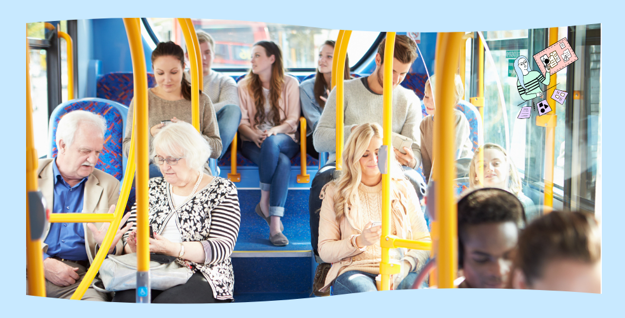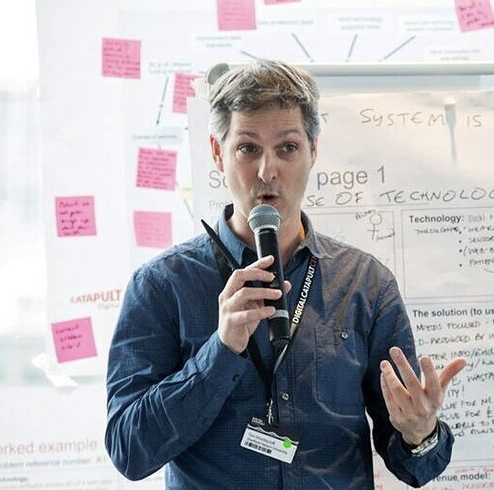Our transport network is vital to millions across the country, whether it’s getting us to work or moving goods and services to where they’re needed. The ways we get around haven’t massively changed in recent years, but the rapid evolution of technologies such as artificial intelligence (AI), coupled with the emergence of automated, driverless transport, holds the promise of revolutionising the transportation landscape of the UK.
According to a report by the Chartered Institute for Highways and Transportation, AI could improve safety, efficiency, user experience, and even contribute to decarbonisation. But despite these potential benefits, many transport professionals currently have a limited understanding of AI and its transformative potential.
This isn’t down to an unwillingness to engage in these new technologies, but is partially due to the range of technical, political, societal and organisational challenges that the industry needs to overcome.
For example, our current transport system is made up of fragmented transport modes and information systems. This leads to unreliable services, uncoordinated routes, and crowding during peak demand. Information gaps compound these issues, making effective planning difficult for commuters and potentially resulting in an over reliance on car use. If we are going to address these challenges, a change of mindset is needed to how we think about and manage our transport networks.
The power of systems thinking
Systems thinking is a holistic approach to planning, research, and problem-solving that is rooted in design. It requires consideration of the overall system and relationships between parts as well as individual issues. It’s about thinking in a way to understand problems, as well as about the systems in which problems exist.
When it comes to transport, this means looking at towns, cities, and rural areas as interconnected systems. This includes considering the relationship between different transport modes, the infrastructure needed to make transport operate (such as energy), and related information systems as a whole. Thinking of these together opens up opportunities for improvement including the potential of coordinating timetables to improve customer experience and collecting data to understand the operation system as a whole. Sensors on buses and traffic lights, for example, can highlight congestion points and prioritise the flow of public transport to improve the overall speed of travel across cities.
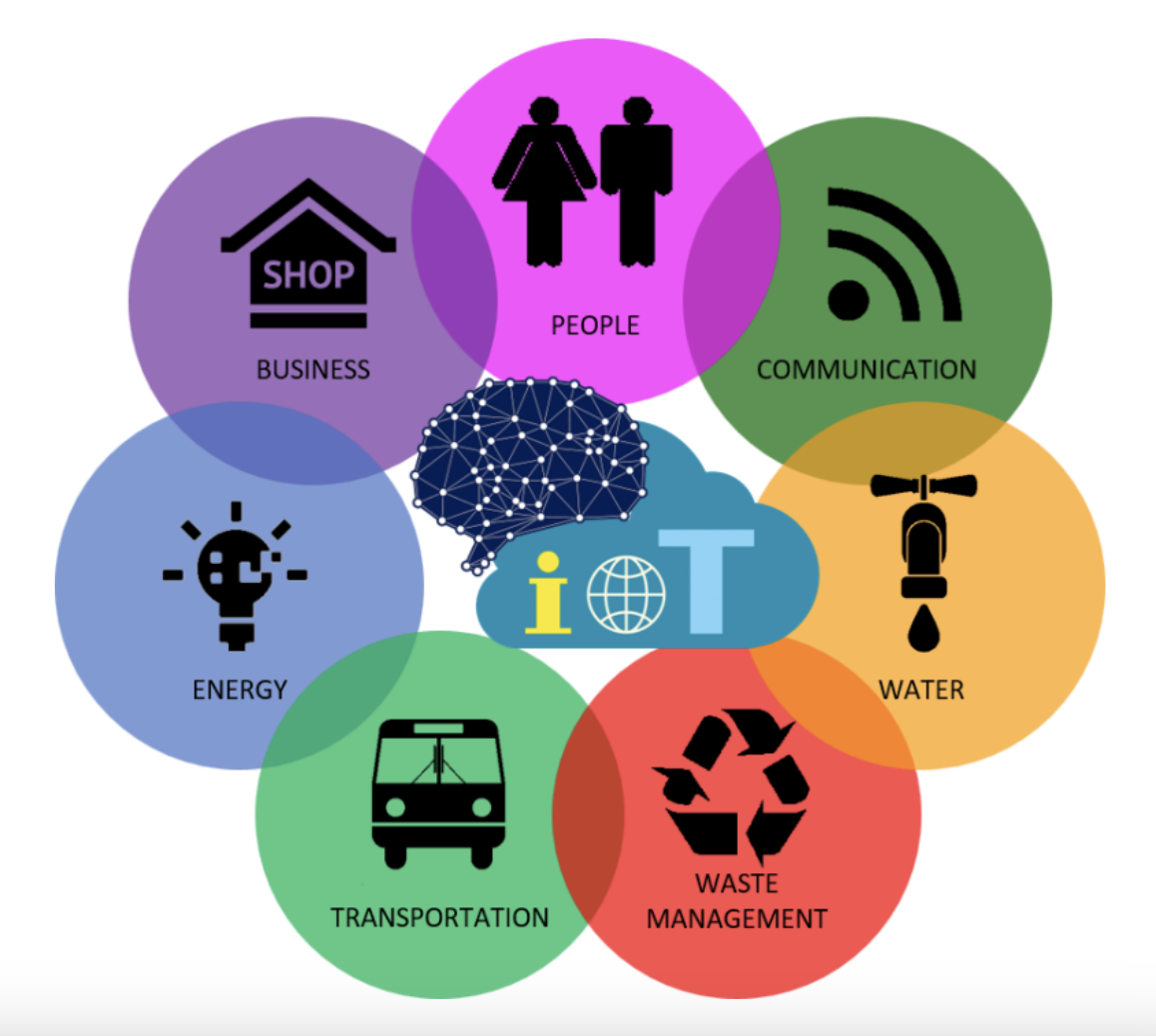
De Angelis, Enterra Solutions, 2020
Technologies such as AI and the Internet of Things (IoT) provide opportunities to take systemic approaches by enabling data collection and analysis across different modes of transport. This includes the ability to collect and make sense of real-time data to improve user experience.
Through the application of systems thinking, technology, and design expertise, we can help solve complex transport planning problems, help with digital maturity, and imagine future transport systems. As well we can help address some of society's major challenges, including climate change and the health impact of inactivity. These could be achieved by designing transport ecosystems that include active travel such as walking and cycling, with public transport. At the same time, an efficient integrated transport system has the potential to encourage people to drive less as it could enable them to use their travel time more constructively than sitting in traffic.
Challenges and opportunities in implementation
Taking a systems thinking approach to transport isn’t without its challenges. It requires securing the buy-in from senior stakeholders across different departments and sometimes even different organisations. Coordinating competing interests to improve services is not always straightforward, as different interests can have very different world views and differing levels of motivation.
However, as a discipline, this approach contains methods that are designed to bring stakeholders together and reconcile diverse perspectives to create change. These include:
-
soft systems methodology, where overcoming different worldviews is a core part of the process.
-
critical systems heuristics where a checklist is used to identify and address potential power differences.
-
systemic action research, where participants with different interests engage as co-researchers to conduct research and implement change.
These disciplines ensure challenges faced by providers and stakeholders can be overcome in a way that maintains trust and fosters further innovation.
Planning for the future, today
There’s urgency in governmental organisations and public transport providers harnessing the potential that technological advances offer. But without forward thinking and active design alternative dystopian futures could emerge. For example, many smart city thinkers have suggested that the emergence of automated transport is likely to result in app based driverless taxi services that will replace car ownership for many. Whilst a driverless taxi service could be a valuable part of an integrated transport system, it also has the potential to undermine the entire business model of public transport, leaving many people isolated.
The later that public transport providers leave it to plan and move towards redesigning their structures to incorporate modern technologies, the less likely they are to be able to adapt in time to be part of the change that is coming. They need to be working with digital partners now, who understand the needs of the sector, what technologies will make the biggest impact, and can take a systems thinking approach to ensure every challenge has been considered and addressed, producing the best outcomes for everyone.
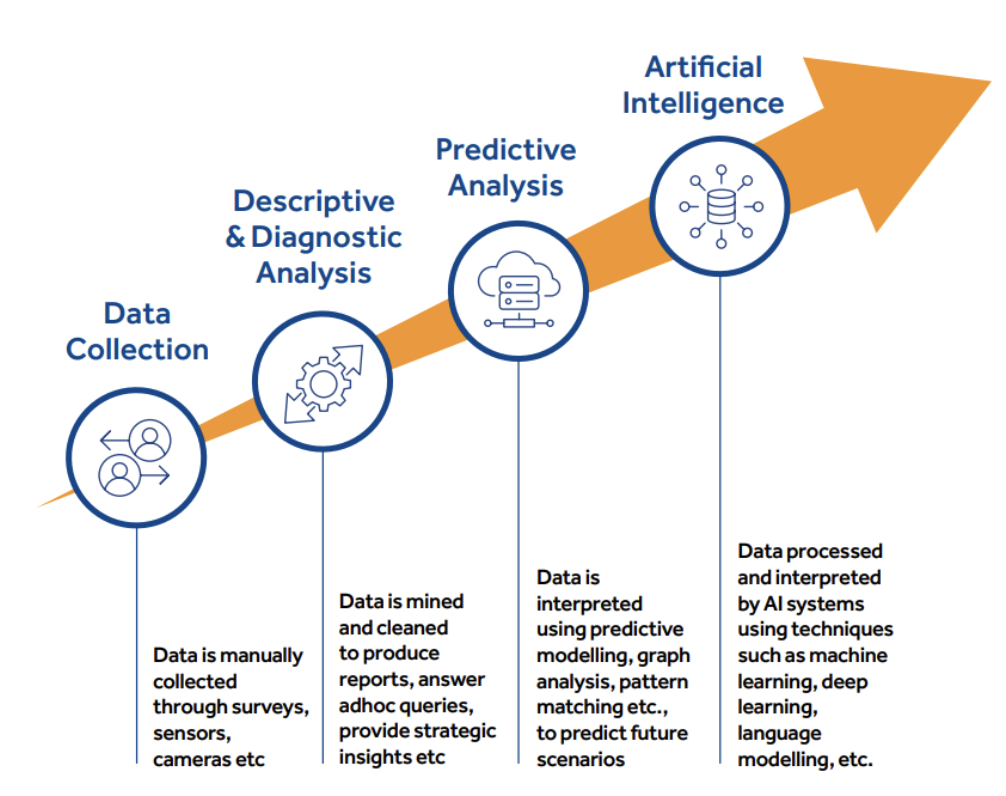
Data Maturity in transport (CIHT 2023)
Adopting a systems thinking mindset, alongside new technologies, is crucial for transforming our transport system, while at the same time allowing us to address important societal challenges. By working with partners who can help change mindsets, plan ahead and implement change, governments and providers can build the transport network of the future, today, benefiting people, places and the planet.
We have an extensive track record in successfully applying systems thinking, technology and forward thinking into transport projects, like our work helping transport for Wales align business goals with IT developments. Contact Tim Woolliscroft or James Petschenyk today to begin your journey through this crucial transformation.
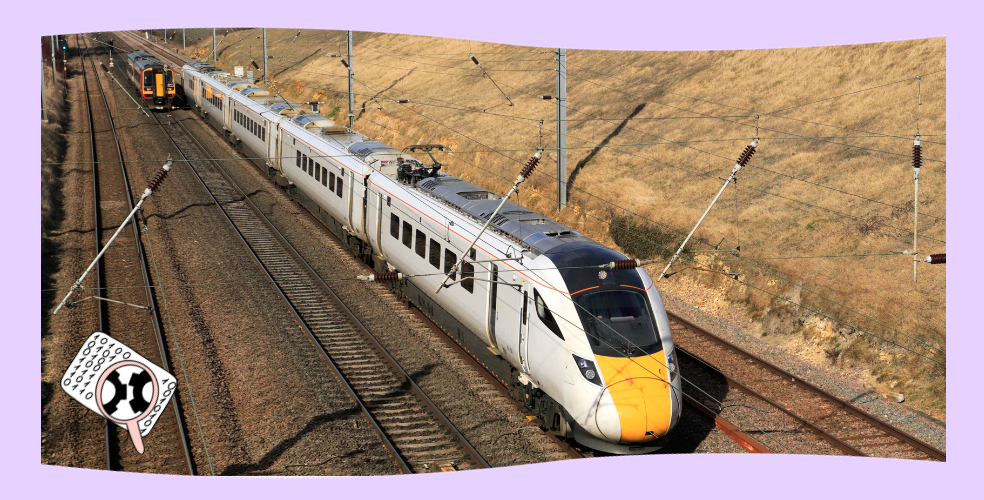
How rail operators can protect themselves from cyber threats
Why cyber security is vital to protecting the UK’s critical rail infrastructure and how we can keep it safe.
Read moreOur recent insights
Transformation is for everyone. We love sharing our thoughts, approaches, learning and research all gained from the work we do.
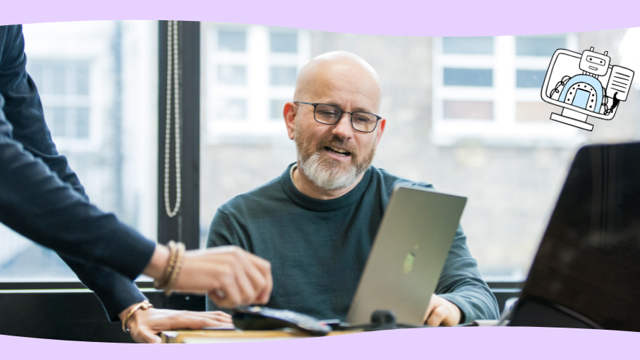
Common misunderstandings about LLMs within Data and Analytics
GenAI and LLMs have their benefits, but understanding their limitations and the importance of people is key to their success.
Read more
Shaping product and service teams
How cultivating product and service teams to support the needs of the entire product lifecycle can ensure brilliant delivery.
Read more
Building ‘The Chatbot’ - Our experience with GenAI
Learn how we harnessed to power of Generative AI to build our very own chatbot.
Read more
